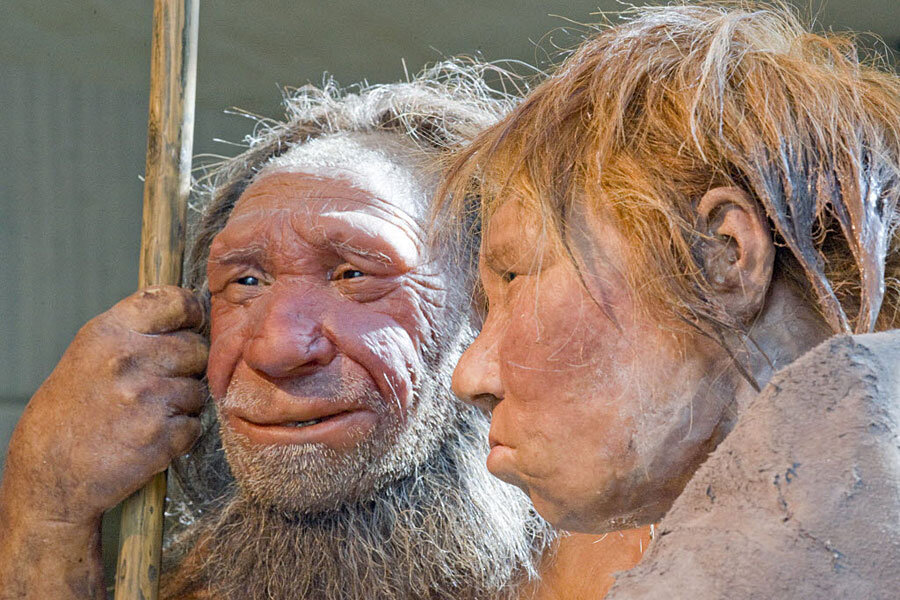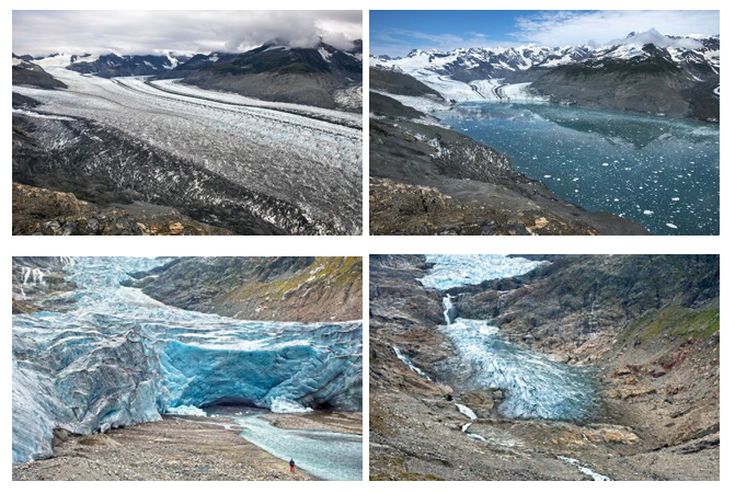More than one Ice Age; How will we adapt?
With all the talk about global warming it would be easy to forget that the Earth is currently in the end of an ice age. An ice age exists anytime there is permanent ice or snow This means the ice glaciers are getting smaller and ocean water is rising. The entire history of modern humans humans came about during the peak of the last ice age. There have been at least 5 ice ages on the planet, but only in this last ice age did human civilization begin. This idea is very surprising because it is amazing to see the age of the earth compared to the history of humans.
What is an ice age?
An ice age is a long time of permanent ice presence on earth in the form of glaciers. Some say that the most intense ice age made earth look like a totally frozen “snowball”; the entire surface of the earth was covered in ice. Others say that the most intense ice age made earth look like a “slushball”; this means that the oceans stayed liquid at the equator.
https://www.britannica.com/browse/Earth-Science-Geology-Fossils
What is a glacier? A glacier is snow that is falling that doesn’t melt
How fast are glaciers melting?
Sea levels are rising 20 percent in the last 20 years the rates have doubled. its a possible in are life time we could see a end to the ice age. people have only been around at the ending of this ice age and civilization or cities have only been around for 10,000 years. We evolved at the end of an ice age so we can adapt to global warming.
What type of animals lived in the ice age? During the cold glacial times, icons like the wooly mammoth, steppe bison, scimitar cat roamed the treeless plains along caribou, muskox and grizzly bears. In still older times where temperatures were similar to today giant beavers mastodons and camels browsed the interglacial forests.
Were human beings alive in the ice age? Humans were and still are definitely alive during the ice age scientist and anthropologists have found evidence of modern human remains existing nearly 12,000 years ago. Scientists are saying early human ancestors known as Neanderthals could have cross bred with Homo Sapiens as early as 100,000 years ago.

How an Ice Age Changes Earth
About 75 percent of earths fresh water is frozen in glaciers. When Glaciers move they form the earth from scraping and carving the earth into its new shape.
What activity is contributing to this acceleration of the warning period?
Radioactive isotopes from this detonation were emitted to the atmosphere and spread worldwide entering the sedimentary record to provide a unique signal of the start of the Great Acceleration, a signal that is unequivocally attributable to human activities
What are possible effects of this change on nature and human civilization?
One significant outcome of the recent ice age was the development of Homo sapiens. Humans adapted to the harsh climate by developing such tools as the bone needle to sew warm clothing, and used the land bridges to spread to new regions.
What was the Bering Strait Ice Bridge and the major effect the migration of humans from Siberia to the Americas had on the animals in the Americas?
Scientists one theorized that the ancestors of today’s Native Americans reached North America by walking across this land bridge and made their way southward by following passages in the ice as they searched for food. New evidence shows that some may have arrived by boat, following ancient coastlines.
Why has civilization advanced so quickly and humans spread so far across the world since the Ice Age ended?
How the Warmth Shaped Us. 12,000 — 10,000 years ago, with the gradual end of the Ice Age, the weather starts warming up. The ice melted, sea levels rose, Beringia sank under the sea, homo sapiens was now populating 6 continents instead of one and had developed a stronger inclination to stay put. After the earth started warming humans learned to bring their own plants to their own place where they could make their own farms, crops, own gardens, anything that they like.
How has the warming of the climate allowed this to happen in the ice age?
These ice ages are triggered and ended by slow changes in the Earth’s orbit. But changing atmospheric concentrations of CO2 also plays a key role in driving both cooling during the onset of ice ages and warming at their end. The global average temperature was around 4C cooler during the last ice age than it is today.
How far did the glaciers reach during the last Ice Age?
In Britain, the Last Glacial Maximum was reached around 27-21 ka, but different parts reached their maximums at different times. Like many ice sheets at their maximum, it was constrained at its northern limits by the steep drop in the seafloor at the continental shelf edge.
How thick the ice really was in the ice age?
During ice ages, huge masses of slowly moving glacial ice—up to two kilometers (one mile) thick—scoured the land like cosmic bulldozers.
What effects does a glacier have on the land it covers?
A glacier’s weight, combined with its gradual movement, can drastically reshape the landscape over hundreds or even thousands of years. The ice erodes the land surface and carries the broken rocks and soil debris far from their original places, resulting in some interesting glacial landforms.
What evidence do glaciers leave behind after they are gone so that scientists can still learn where the ice used to be? Material a glacier picks up or pushes as it moves forms moraines along the surface and sides of the glacier. As a glacier retreats, the ice literally melts away from underneath the moraines, so they leave long, narrow ridges that show where the glacier used to be.

moraines drumlins glacial striations glacial till glacial valleys?
U-shaped valleys, hanging valleys, cirques, horns, and aretes are features sculpted by ice. The eroded material is later deposited as large glacial erratics, in moraines, stratified drift, outwash plains, and drumlins.
How does this number change when an Ice Age happens?
An ice age causes enormous changes to the Earth’s surface. Glaciers reshape the landscape by picking up rocks and soil and eroding hills during their unstoppable push, their sheer weight depressing the Earth’s crust.
How does this change the planet’s surface?
Waves, wind, water, and ice shape and reshape the Earth’s land surface by eroding rock and solid in some areas and depositing them in other areas, sometimes in seasonal layers. Rock is composed of different combinations of minerals. Smaller rocks come from the breakage and weathering of bedrock and larger rocks.

